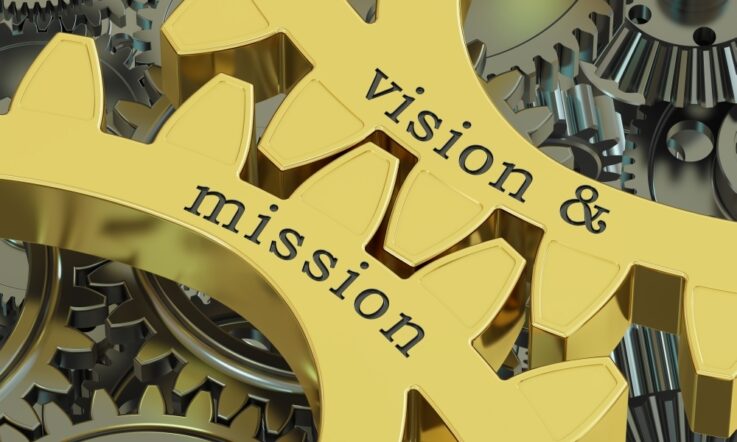In our latest reader submission, Meesha Arora – a teacher at The British School, New Delhi – shares how giving students the task of creating their own rap to showcase their knowledge and understanding has proved to be a great learning resource in her own classroom.
‘When the economy's slumping, and growth is slow,
The government can cut rates, to make the money flow,
People will borrow more, and spend it everywhere around,
Creating aggregate demand, and cheering up the town’
The lines above are part of the script prepared by a pair of students performing their rap on the topic of ‘Monetary Policy’ for an Economics class. Equipped with some foot tapping music and ‘rapper moves’, the 2 minutes of their presentation ended with thunderous applause as a seal of approval by their peers. Originally organised as an annual Rap Building Activity for Economics lessons since 2019 for Grade 9 and/or 11, I now have students showcasing excitement for the same all the year around.
In conversations with my class groups and fellow teachers, what surfaced repeatedly –especially post-pandemic – was that traditional teaching methods were not enough to keep students engaged and make learning fun. Educators across the globe have been exploring innovative approaches to make learning more interactive and exciting. One such method that has worked well in my own classroom (both in a face-to-face teaching and hybrid model) has been the creation and use of rap songs to teach economic concepts.
Beth Segal (2014) points out that ‘using music in teaching is one way to teach to the traditionally neglected, as well as add strategies that are emotionally appealing to students’ and recommends educators harness the power of music to create a unique learning experience that enhances student understanding of difficult topics.
Benefits for students
Having collected feedback from my own students, using a rap activity in the classroom has had the following benefits:
Immersive learning experience
A survey conducted after one such activity signalled an overall positive response to the whole endeavour. Students reported that spending time with their peers making the rap encouraged them to analyse the concepts more deeply. Also, the rhythmic and rhyming nature of the rap, coupled with appealing tunes, helped them to easily grasp the information presented.
Simplifying complex ideas
Economic concepts can often be tricky and abstract, making them challenging for students to internalise. However, through rap songs, these ideas can be broken down into easier and more relatable terms. Since the rap scripts were shared with everyone before they were presented, the class together could appreciate the use of descriptions, real life examples and crafty use of arguments – translating intricate economic theories into relatable narratives relevant to their age group.
Augmenting critical thinking
Rap songs on topics like government intervention, inflation and unemployment incorporated thought-provoking words and social commentary, which can encourage students to think critically about economic problems. After each performance, additional time was allotted to the audience to seek clarification pertaining to the claims and opinions made, which helped build student voice and paved the way for improved evaluation skills through class discussions.
Nurturing cultural inclusivity
I’ve found that integrating rap songs into lessons – even using ones already available on channels like YouTube – can help build an understanding and respect for other cultures, fostering inclusivity. A reticent Russian student wanted to include the local language in her rap, and that led to an insightful discussion about the country and the thought process of its people pertaining to economic ideas of saving, spending and borrowing.
Potential pitfalls and solutions
While using rap songs to teach economic concepts has several benefits, it is important to consider the potential disadvantages as well.
Rap songs represent the views of the creator and economic concepts may be interpreted differently by different individuals. This subjectivity can result in potential misinterpretations of economic theories or principles.
In order to make the best use of such a resource, educators must share clear rubrics for a rap-making activity, along with relevant exemplars to convey expectations. Rap scripts must be given prior approval and shared with the students before the performance takes place, with discussion time built in after the performance.
Giving students the task of creating their own rap to showcase their knowledge and understanding of different concepts has proven to be a great learning resource, while also being thoroughly engaging and fun filled.
References
Segal, B. (2014). Teaching English as a second language through rap music: A curriculum for secondary school students. [Master's thesis 104, University of San Francisco]. USFCA Scholarship Repository. https://repository.usfca.edu/thes/104
Have you adapted your own teaching practice following the pandemic? How often do you give students the option to be creative when showing what they’ve learned and their understanding of sometimes complex concepts?



